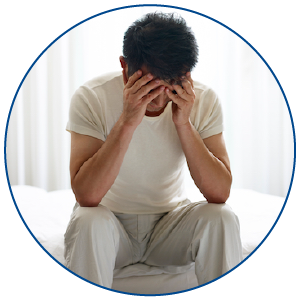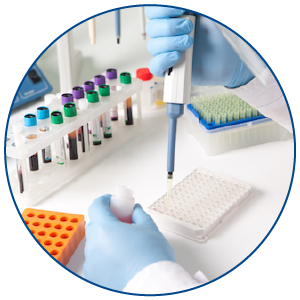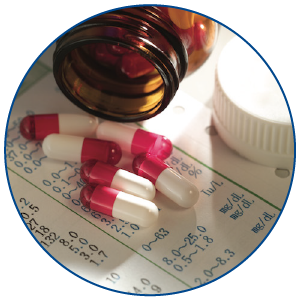
Symptoms
Some people will not have any signs or symptoms at all, and may not be aware they have candidiasis.
Symptoms of Men:
- Irritation, burning or itching under the foreskin or on the tip of the penis
- Redness, or red patches, under the foreskin or on the tip of the penis
- A thin or thicker discharge, like cottage cheese, under the foreskin
- Difficulty in pulling back the foreskin which sometimes smells yeasty
Symptoms of Women:
- Inflammation, itching, burning or swelling in or around the vagina
- Abnormal vaginal discharge which could be whitish, yellowish or greenish, often coming with an odor. The discharge could look watery or muddy
- Pain during urination
- Rash / diaper rash developed caused by the inflammation. The rashes are usually reddish




